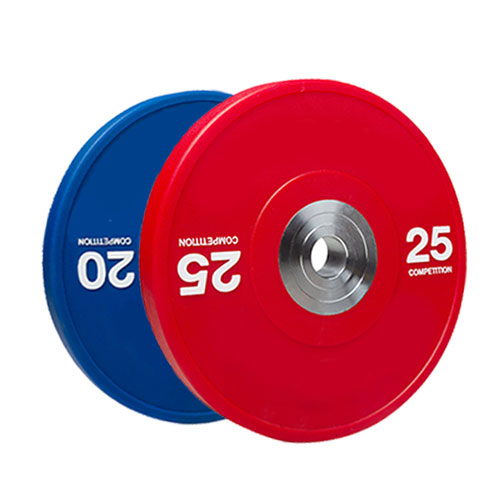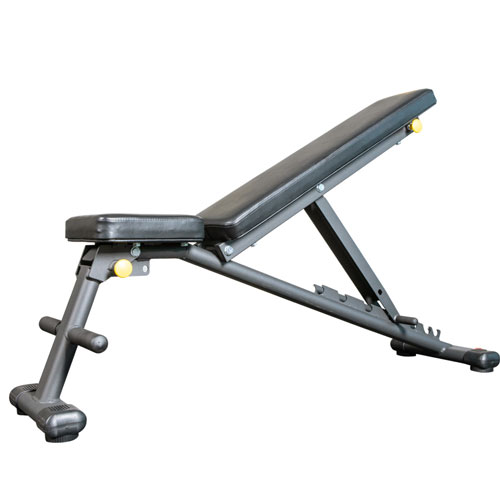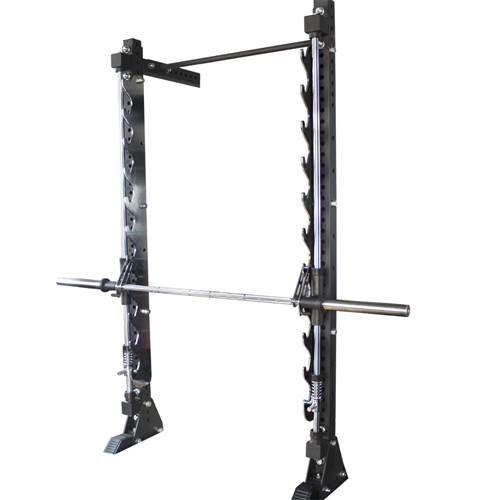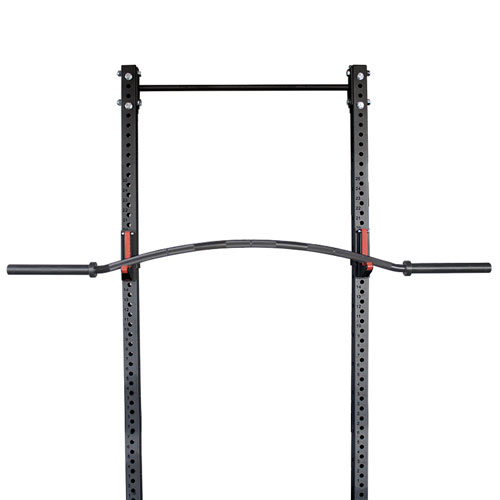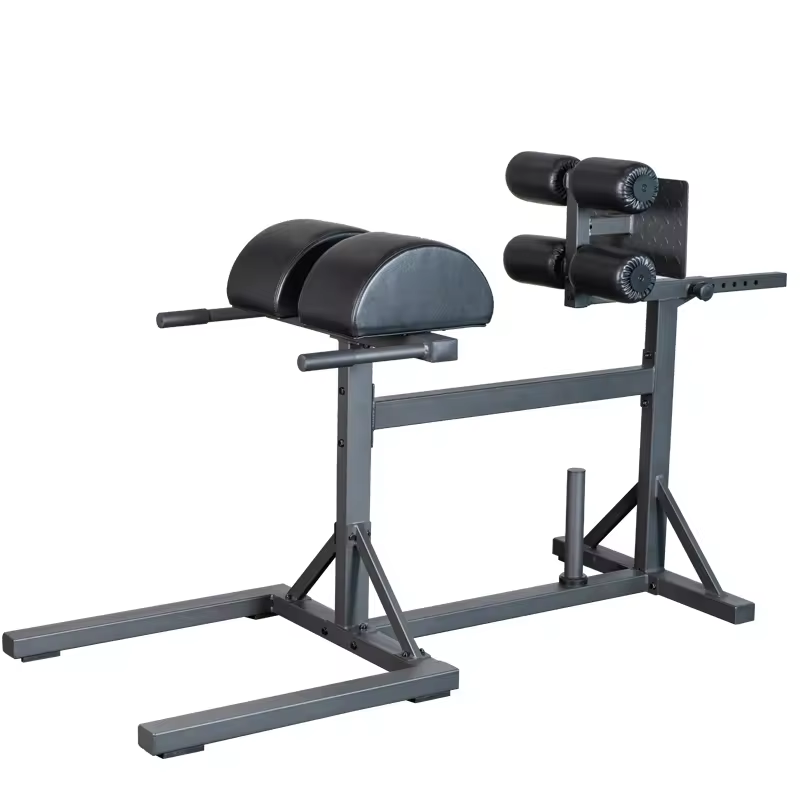Olympic Barbell Training - 2025 Edition
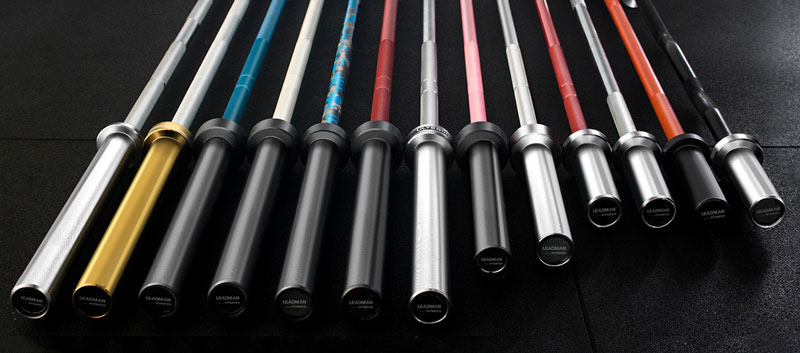
Introduction
A. Definition and Importance of Olympic Barbell Training
Olympic barbell training, also known as weightlifting, encompasses a series of dynamic, multi-joint exercises performed with an Olympic barbell. The barbell is a long, weighted rod loaded with evenly distributed weights (discs) on either end.
Olympic barbell training has gained significant popularity and recognition for its ability to enhance athletic performance, build strength, power, and explosiveness. It requires a combination of technical proficiency, physical conditioning, and mental fortitude.
B. Benefits of Olympic Barbell Training
- Improved athleticism: Olympic barbell training improves coordination, agility, and speed, benefiting athletes in various sports.
- Enhanced strength and power: The heavy loads and explosive movements in Olympic barbell training increase muscular strength, power, and endurance.
- Increased lean muscle mass: By stimulating muscle protein synthesis, Olympic barbell training promotes the development of lean muscle mass.
- Improved bone density: The high-impact nature of Olympic barbell training helps increase bone density, reducing the risk of osteoporosis.
- Enhanced cardiovascular health: Despite its focus on strength, Olympic barbell training can also improve cardiovascular health by increasing heart rate and blood flow.
- Improved body composition: Regular Olympic barbell training aids in reducing body fat and improving overall body composition.
- Psychological benefits: Participating in Olympic barbell training can enhance confidence, discipline, and resilience.
The Olympic Lifts
The Olympic lifts consist of the snatch, clean and jerk:
A. Snatch:
- Description: A one-motion lift where the barbell is lifted from the floor to overhead in a single, fluid movement.
- Technique: The barbell is gripped shoulder-width apart, the hips are lowered, and the barbell is lifted off the floor. The legs are extended, the body is pulled under the barbell, and the barbell is caught overhead.
B. Clean:
- Description: A two-motion lift where the barbell is lifted from the floor to the shoulders in the first motion (the "pull"), and then from the shoulders to overhead in the second motion (the "jerk").
- Technique: Similar to the snatch, the barbell is lifted from the floor to the shoulders, but instead of being caught overhead, it is rested on the front of the shoulders (the "rack" position).
C. Jerk:
- Description: The second motion of the clean, where the barbell is lifted from the shoulders to overhead.
- Technique: From the rack position, the lifter dips down and then drives up, extending the legs and arms to push the barbell overhead.
D. Variations of the Olympic Lifts
- Power Snatch/Power Clean: Lifts performed with a focus on speed and power, using lighter weights and explosively lifting the barbell.
- Hang Snatch/Hang Clean: Lifts performed from a starting position where the barbell is already hanging at a specific height above the floor.
- Deficit Snatch/Deficit Clean: Lifts performed with the lifter standing on a platform or risers, increasing the range of motion.
- Snatch/Clean Pull: Partial lifts that focus on the first or second motions of the lifts.
- Barbell Complex: A series of multiple lifts performed consecutively, such as a snatch, clean, and jerk in quick succession.
E. Safety Considerations
Olympic barbell training requires proper form and supervision to prevent injuries.
- Use appropriate weight and gradually increase the load.
- Master the technique before lifting heavy weights.
- Warm up thoroughly before each lift.
- Use chalk or lifting straps for grip support.
- Lift with a training partner or spotter for safety.
Programming and Periodization
A. Principles of Programming for Olympic Barbell Training
- Specificity: Exercise selection should target the specific goals of the lifter.
- Progressive Overload: Gradually increase the weight, volume, or intensity to continuously challenge the lifter.
- Variation: Introduce different exercises and variations to prevent plateaus and reduce the risk of injuries.
- Recovery: Include adequate rest and recovery periods to allow for muscle repair and adaptation.
- Individualization: Tailor the program to the lifter's individual needs, strengths, and weaknesses.
B. Common Periodization Models
Linear Progression: A simple model where weight and/or volume are gradually increased over time.
- Block Periodization: Periodization into distinct blocks, each focusing on a specific aspect (e.g., strength, power, or technique).
- Undulating Periodization: Alternating periods of high and low intensity or volume.
- Daily Undulating Periodization: Varying intensity or volume on a daily basis.
C. Sample Training Plans
- Beginner: 3-4 training sessions per week, focusing on technique and light weights.
- Intermediate: 4-5 training sessions per week, increasing weight and volume.
- Advanced: 5-6 training sessions per week, incorporating advanced techniques and heavy weights.
Advanced Techniques
A. Plyometrics and Ballistic Training
- Plyometrics: Explosive, power-generating exercises using bodyweight or external weights, such as box jumps or medicine ball throws.
- Ballistic Training: Similar to plyometrics, but involving the use of equipment (e.g., bands or chains) to provide additional resistance.
B. Chains and Bands
- Chains: Attaching chains to the barbell increases resistance as the weight is lifted, promoting strength at different points of the movement.
- Bands: Adding bands to the barbell provides variable resistance, allowing for greater activation of muscles at specific joint angles.
C. Tempo and Pauses
- Tempo: Controlling the speed of the lift, using specific time intervals (e.g., 3 seconds down, 1 second up).
- Pauses: Holding the barbell at specific points in the lift, increasing muscle activation and time under tension.
Strength Development
A. Accessory Exercises for Building Strength
- Squats: Barbell back squats, front squats, overhead squats
- Deadlifts: Conventional deadlifts, Romanian deadlifts, sumo deadlifts
- Bench Press: Barbell bench press, incline bench press, decline bench press
- Pull-Ups: Barbell pull-ups, weighted pull-ups, muscle-ups
B. Progressive Overload and Intensity Management
- Progressive Overload: Gradually increase the weight, volume, or intensity of an exercise over time to continue challenging the muscles.
- Intensity Management: Varying the intensity of workouts to allow for recovery and adaptation (e.g., max effort, submaximal, deload).
C. Common Strength-Focused Programs
- 5x5 or 3x5 Training: Lifting heavy weights for low repetitions (5 or 3) in sets of 5.
- Periodized Strength Training: Structured training programs that progress in intensity and volume over several weeks or months.
- Conjugate Training: Combining powerlifting, weightlifting, and other exercises in a periodization model.
Mobility and Flexibility
A. Importance of Mobility and Flexibility for Olympic Barbell Training
Mobility and flexibility are crucial for executing the Olympic lifts effectively and preventing injuries.
B. Dynamic and Static Stretching Techniques
- Dynamic Stretching: Active movements that prepare the body for movement, such as arm circles or leg swings.
- Static Stretching: Holding stretches for extended periods (e.g., 30-60 seconds) to improve range of motion.
C. Active Recovery and Mobility Drills
- Active Recovery: Light-intensity exercise or activities that promote blood flow and muscle recovery, such as walking or swimming.
- Mobility Drills: Specific movements and stretches that enhance joint flexibility and range of motion (e.g., shoulder mobility drills).
Nutrition and Recovery
A. Nutritional Requirements for Olympic Barbell Training
- Protein: Essential for muscle growth and repair, 1.6-2.2 grams per kilogram of body weight per day.
- Carbohydrates: Provide energy for training and recovery, 6-10 grams per kilogram of body weight per day.
- Fats: Important for hormone production and as an energy source, 0.8-1.2 grams per kilogram of body weight per day.
B. Hydration and Recovery Strategies
- Hydration: Drink plenty of fluids throughout the day and especially before, during, and after training.
- Sleep: Aim for 7-9 hours of quality sleep each night to promote recovery and hormonal balance.
- Active Recovery: Engage in light exercise or activities on non-training days to enhance recovery.
C. Common Nutrition Supplements
- Protein powder: Convenient way to supplement protein intake.
- Creatine: Improves power and strength output.
- Beta-Alanine: Buffers lactic acid buildup during training.
- Caffeine: Enhances alertness and performance.
Injury Prevention and Rehabilitation
A. Common Injuries in Olympic Barbell Training
- Lower Back Pain: Often caused by improper lifting technique, weak core muscles, or overtraining.
- Knee Pain: Can be a result of excessive stress on the knee joint, improper technique, or underlying conditions.
- Shoulder Pain: Due to muscle imbalances, poor posture, or impingement syndromes.
- Wrist Pain: Caused by excessive grip strength, improper hand position, or ligament sprains.
- Elbow Pain: Can result from overuse, tendonitis, or improper technique.
FAQ about Olympic Barbell Training
What is Olympic barbell training?
Olympic barbell training, also known as weightlifting, involves dynamic, multi-joint exercises performed with an Olympic barbell. This training enhances athletic performance, builds strength, power, and explosiveness.
What are the benefits of Olympic barbell training?
Benefits include improved athleticism, enhanced strength and power, increased lean muscle mass, improved bone density, enhanced cardiovascular health, and psychological benefits such as increased confidence and discipline.
What are the main Olympic lifts?
The main Olympic lifts are the snatch, clean, and jerk. The snatch is a one-motion lift from the floor to overhead, while the clean involves lifting the barbell to the shoulders, and the jerk is the motion of lifting it overhead from the shoulders.
How can I prevent injuries while training with an Olympic barbell?
To prevent injuries, ensure proper form, use appropriate weights, warm up thoroughly, and consider lifting with a training partner for safety. It's also important to listen to your body and seek professional help if pain persists.

